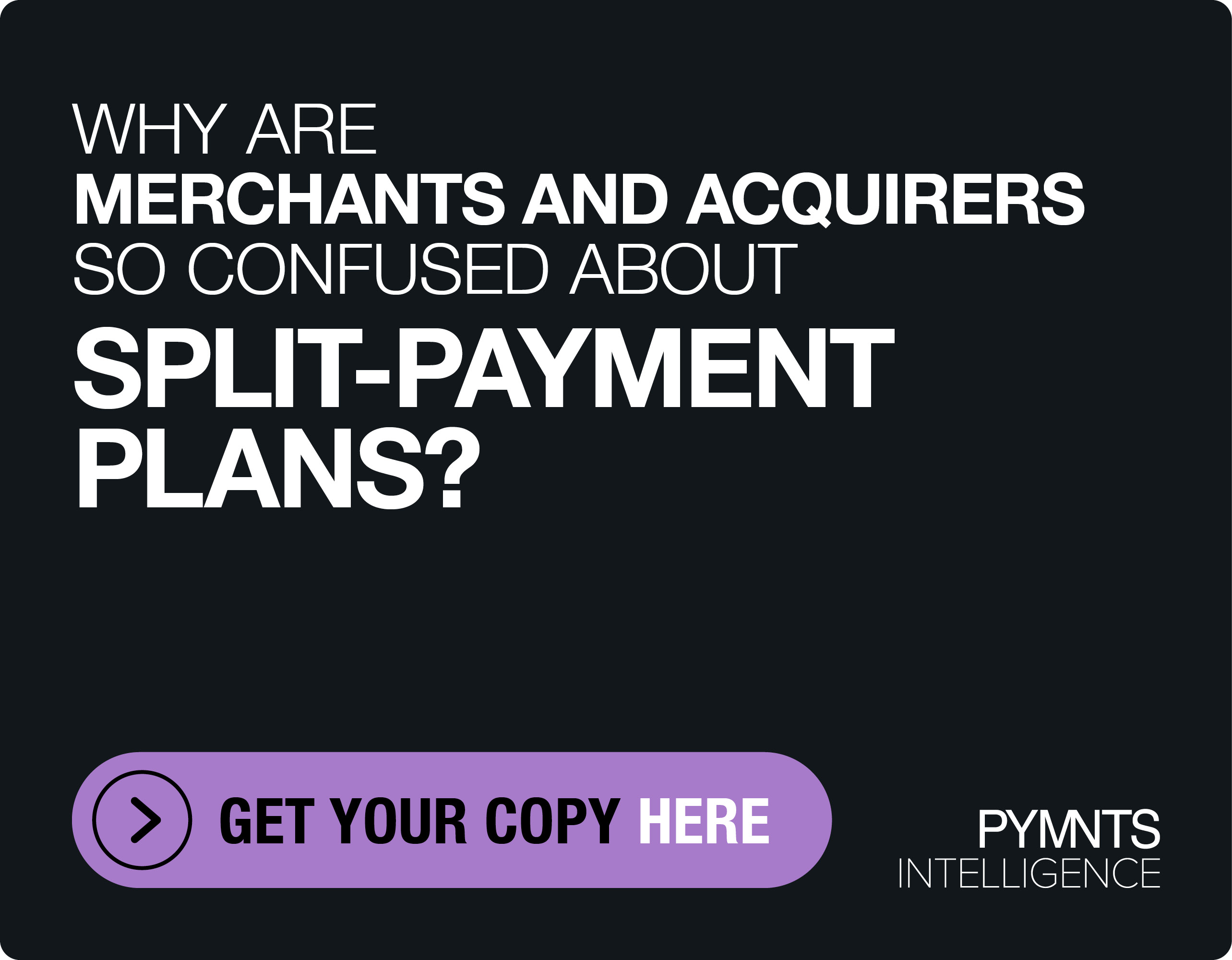Deep Dive: Turning To Digital Tools To Answer International Consumers’ Financial Services Needs

Many consumers’ financial needs revolve around international transactions, meaning they require banking services that can help them smoothly make or receive cross-border payments.
Workers who move to new countries often want to send money home to help out family members, for example, making finding convenient, cost-effective remittances options a high priority.
Many barriers stand in the way of swift and affordable remittances, however. Consumers who use legacy banks to send money across borders often face high costs and slow payment delivery times, and these pains may be even harder to bear during the current global economic slump. Employees who have lost work hours and are thus facing cash crunches can see service fees compound their monetary woes, and the health crisis could also mean that family members overseas need increased financial support. It is therefore critical that disbursements be delivered promptly and inexpensively, but old-school international transaction methods may be ill-equipped to support these demands.
Such frictions could push more financial institutions (FIs) and FinTechs to leverage Banking-as-a-Service (BaaS) solutions that can help them adapt their service models and enable quicker, lower-cost, digital cross-border payments. This Deep Dive examines the challenges involved in providing consumers with international services and examines how BaaS could help.
Legacy Remittance Pains
Consumers who use traditional FIs often confront more expensive remittance services, according to a report from the World Bank. It found that banks charged an average of 10.9 percent of a remittance’s value to send it in the third quarter, higher than the 8.59 percent charged by post offices and far higher than the 5.81 percent and 2.83 percent charged by money transfer operations and mobile operators, respectively. The report did caution that its findings on mobile money transfers could be somewhat off because such transactions constituted a small portion of the remittances it studied.
One key reason behind the high costs of overseas bank-to-bank transfers is that they are often conducted via correspondent banking networks, in which money moves between banks worldwide until it reaches its intended recipient’s FI. The payment may move through four or more different FIs during this process, with each one charging its own service fees and adding yet another step to what is already a time-consuming process.
Serving Mobile Needs
More modern payments infrastructures could help, however, with the World Bank’s Q3 analysis finding that mobile remittance methods tended to cost less than other similar services. The study analyzed remittance methods and found that those paid for via mobile money tended to incur lower fees than those funded via bank account transfers, cash or payment cards. It then separately examined the same remittances based on the methods recipients used to accept them, finding that funds received via mobile wallet tended to cost less than those accepted into bank accounts or collected in cash.
Consumers who paid for remittances using mobile money were charged 4.5 percent of the transaction’s value on average, for example, whereas they were charged 6.8 percent of the transaction’s value for payments funded via bank accounts. The study similarly found that remittances that were accepted into digital wallets incurred fees of 5.3 percent of the transaction’s value on average, whereas remittances sent into the bank accounts of recipients who used the same or partnering banks as those used by senders faced fees of 5.6 percent, and those sent to different banks faced fees of 7.24 percent on average.
Consumers do not seem to be ignorant of the cost savings that mobile cross-border payment services could offer, either. The CEO at one major international remittance provider said during a conference call that the company experienced a 104 percent increase in consumer digital transactions during Q2, for example, and the company observed strong interest in mobile wallet usage. Findings like these suggest growing appetite for mobile and other digital forms of cross-border payments.
A BaaS Boost
Not all companies that serve immigrants can meet their demands for affordable and fast cross-border payments, however. FIs may struggle to upgrade their technologies and offer convenient mobile options. Nonfinancial entities may also wish to make their offerings stickier by adding payments capabilities, but they could be unprepared to handle the regulatory requirements necessary to do so.
Some are turning to third parties to help them achieve their cross-border remittances goals. United Arab Emirates-based ride-hailing app Careem is one such company that is enhancing its services by supporting remittances. It turned to a payments partner to get the financial expertise and capabilities to enable its drivers to send money to family back in their home countries.
Companies seeking to enhance their offerings in these ways may find it particularly convenient to work with BaaS providers that can deliver money transfer capabilities and handle the associated regulatory compliance on their behalf. BaaS solutions are often offered via plug-and-play formats that enable FIs, FinTechs and other parties to quickly integrate the specific capabilities they need without developing them in-house or overhauling their systems.
Today’s consumers live in an interconnected world, and many need their banking services to reflect this reality. The traditional FIs and nonfinancial entities that can respond to the sizable demand for international transactions and remittance services are thus likely to attract and retain customers who are no longer satisfied with payment services held back by borders.

